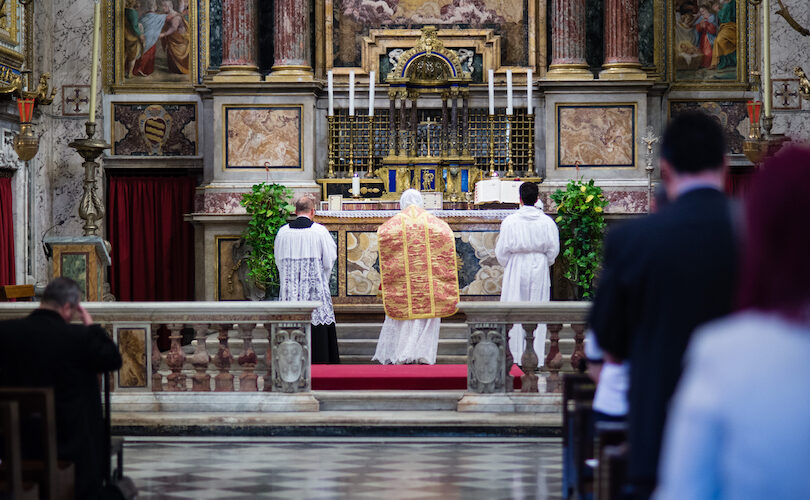The Church took Israel’s sacred calendar and made it a living mirror pointing to Christ, and the Ember Days of September are a clear echo of that transformation. These seasonal days of fasting and prayer are not random piety but a liturgical memory that ties Christian worship back to God’s covenant rhythm. When we observe them, we step into the same cadence God taught Israel and see its fulfillment in Jesus.
God marked time for a people formed by covenant, giving feasts that shaped communal identity and expectation. The Church, guided by Scripture and the Holy Spirit, preserved that rhythm because those feasts were shadows of realities now revealed in Christ. Colossians 2:16-17 warns against dismissing certain seasons as mere human custom, because they often point to deeper spiritual truths.
Each festival in Israel’s calendar was a theological signpost: harvest and thanksgiving, exile and return, atonement and joy. Liturgical life translated those signposts into Christian seasons so the faithful could live the gospel daily, not just abstractly. Ember Days function within that inheritance as timely reminders of dependence on God’s provision and mercy.
There is also a moral shape to the cycle: call, repentance, and renewal recur so the community can keep returning to God. That repetition trains the heart to remember grace and confess failure, not as legalism but as a ladder to humility. When believers observe the Church’s seasons with intention, they enter a spiritual school that formation alone cannot give.
The feasts were always meant to point to a greater reality, and the New Testament shows Jesus as the fulfillment of those rites. Atonement finds completion in his once-for-all sacrifice, tabernacling finds its climax in the Word made flesh, and harvest themes find their true reap in the fruit of the Spirit poured out at Pentecost. Seeing Ember Days in that light turns ritual memory into encounter.
September’s Ember Days land after harvest and invite both thanksgiving and sober review, a posture perfect for Christians: grateful yet repentant, praising yet watchful. The Church uses these days to pray for clergy, for the fruits of ministry, and for the Church’s fidelity—practices rooted in Scripture’s concern for leaders and harvest alike. In that way the Ember Days keep the biblical map visible for modern pilgrims.
Practically, the season calls for brief fasting, concentrated prayer, and intentional intercession—habits that shape spiritual sight. They are not ends in themselves but means: disciplines that open us to grace and sharpen our appetite for holiness. The old calendar’s rituals become tools for present-day discipleship when we refuse to make them empty routines.
So the September Ember Days are more than quaint tradition; they are a living bridge from Israel’s holy rhythms to the Church’s worship of the risen Christ. Observing them with eyes fixed on Scripture helps the faithful read God’s story across ages and to find their place within it. When the Church sanctifies time, it forms saints.

